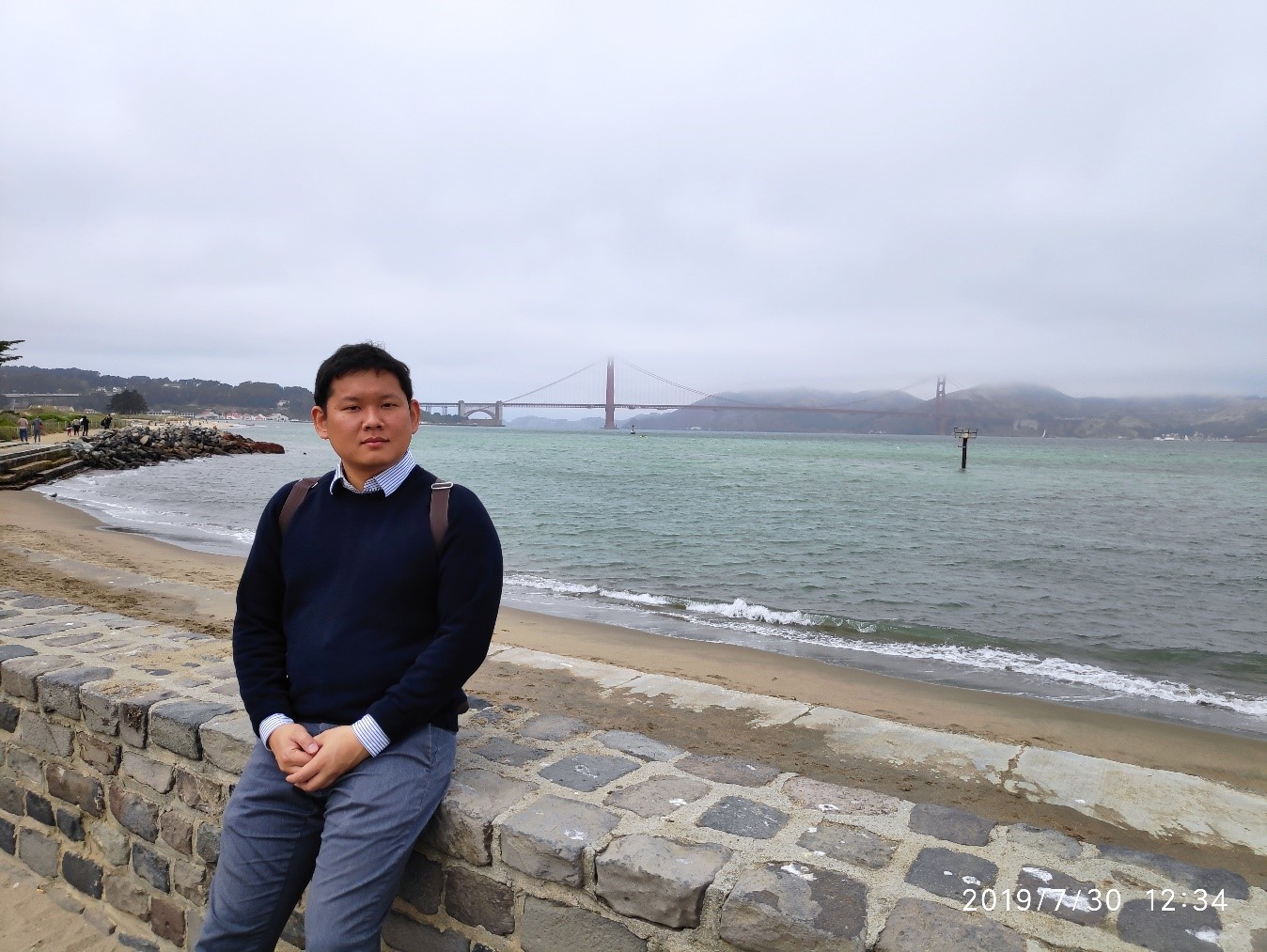TOP
 Events & Outreach
Events & Outreach
 R-CCS Cafe
R-CCS Cafe
 The 244th R-CCS Cafe - part 3
The 244th R-CCS Cafe - part 3
The 244th R-CCS Cafe - part 3
JapaneseTitle
Skin-friction investigations along with intermediate-sized bubbles on wall surfaces by direct numerical simulation
| Date | Fri, Feb 17, 2023 |
|---|---|
| Time | 4:40 pm - 5:00 pm (5 pm - 5:20 pm Discussion, 5:20 pm - Free discussion (optional)) |
| City | Online |
| Place | Online seminar on Zoom
|
| Language | Presentation Language: English Presentation Material: English |
| Speakers |
Sangwon KIM Complex Phenomena Unified Simulation Research Team  |
Abstract
Injecting air on the wall modifies the turbulent boundary layer of liquid, thereby generally reducing the skin-friction on the wall. This characteristic is applied to a variety of industrial fields of liquid transport like pipelines and ship surfaces in water. This air injection is referred to as air lubrication technology, and two aspects of drag reduction exist based on microbubbles and air films.
However, these methods have problems due to over millimeter bubbles, which are located between microbubbles and air film regions. They are called an intermediate-sized bubble and generated downstream, and sometimes, they increase skin-friction so that it hinders performance. Thus, the investigation on intermediate-sized bubbles is essential for resolving this performance problem.
Meanwhile, these intermediate-sized bubbles are easily generated in experiments, the visualization and investigation on characteristics of film flow between wall and bubble are not so easy. This situation could be breakthrough by the numerical simulation but is barely conducted because of the large computational resource and high-resolution mesh for resolving their dynamic deformation and large interface area causing numerical diffusion.
Here, we introduce a recent approach for interface capturing, called isoAdvector, to suppress numerical diffusion from bubble interfaces using concepts of iso-surface. This approach successfully resolved the bubble interfaces and would be useful for many two-phase flow simulations. This is the challenge and motivation for the present study, we then carry out direct numerical simulation with OpenFOAM on Fugaku and other supercomputers to study the flow characteristics of these bubbles. In this talk, I will introduce my recent progress concerning turbulent bubbly flow, along with issues to be addressed in the future.
Important Notes
- Please turn off your video and microphone when you join the meeting.
- The broadcasting may be interrupted or terminated depending on the network condition or any other unexpected event.
- The program schedule and contents may be modified without prior notice.
- Depending on the utilized device and network environment, it may not be able to watch the session.
- All rights concerning the broadcasted material will belong to the organizer and the presenters, and it is prohibited to copy, modify, or redistribute the total or a part of the broadcasted material without the previous permission of RIKEN.
(Feb 7, 2023)
